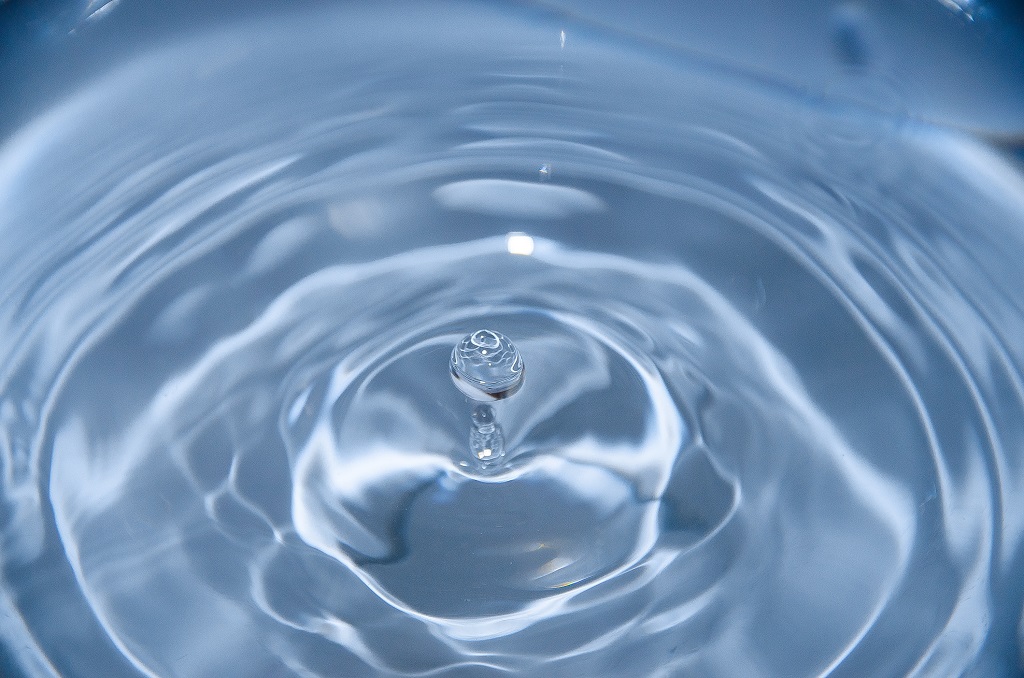As a new type of persistent organic pollutants, PFASs have aroused common concern at home and abroad. The "Stockholm Convention" listed the main substances in the PFASs series, PFOS and PFOA, in the restricted list in 2009 and 2015 respectively. At the same time, various countries and regions have also increased the restrictions on PFASs in their drinking water standards. In order to provide more relevant information to colleagues, "Water Purification Technology" magazine combed and summarized the current removal technology of PFASs in drinking water through literature reports and practical experience in Shanghai.
What Is PFAS
Per/Poly fluoroalkyl substances (PFAS) are chemically stable synthetic substances that are widely used as surface coatings such as clothing, paper film, food packaging materials, cookware, fire foams, etc., with the largest yields being Perfluorococtane sulfonic- PFOS acid and perflurooctanoic acid-PFOA). In the production of Teflon (Teflon) materials, PFAS such as PFOA or PFOS needs to be added as an additive. In the final Teflon products, there will be somewhat residual.
A new study published by the non-profit Environmental Working Group shows that PFAS is prevalent in tap water. They tested 44 different taps in 31 states and found that 43 of them exceeded what they considered safe standards.
Is PFAS Harmful
When PFAS enter the environment, they accumulate in the soil, water, animals and human blood.
In June 2018, the U.S. Toxic Substances and Disease Registry released a long-awaited and detailed report that suggested PFASs could have adverse health effects at lower-than-expected internal doses. The report cites evidence of a range of adverse health consequences associated with PFAS exposure, including liver damage, thyroid disease, declining fertility, obesity, asthma, hormone suppression, endocrine disorders, and testicular and kidney cancers.
PFAS regulation in drinking water has already become a critical issue of environmental and public health concern nowadays worldwide, which not only needs the government but every citizen to take action right now.
How to Remove The PFAS in Drinking Water
There are only a few technologies exist today for removing PFAS from drinking water. The strongest proven techniques for filtering PFAS from drinking water include granular activated carbon adsorption, ion exchange resins and reverse osmosis.
Granular Activated Carbon (GAC)
- Mechanism: Commonly used to remove a variety of contaminants from water, granular activated carbon is considered to be the least expensive PFAS treatment option.
When water goes through, the PFAS may stick to some small pieces of carbon. - Caveats: PFAS levels also decrease as some other compounds are absorbed by carbon particles. However, some particularly small PFAS molecules may not be absorbed.
- Disposal: Spent carbon can be landfilled or regenerated with high temperatures.
Ion Exchange Resins
- Mechanism: Based on polymers, ion-exchange resins come in granular form and can be installed in packed beds like the granular activated carbon. The resin is made up of hydrocarbons. It works like magnet adsorption. When water flows through the resin, the chemicals are adsorbed.
- Caveats: Traditional ion exchange resins can reduce PFAS level through binding to other molecules.
- Disposal: Single-use resins are landfilled. Renewable resins can be reused when you rinse them with chemistry. But you must take good care of the remaining liquid after washing.
Nanofiltration and reverse osmosis
- Mechanism: A process where water is pushed through a membrane with small pores. The RO membrane can be considered as a wall that stop harmful substances from passing into the other side.
- Caveats: High-pressure membranes like reverse osmosis is energy-intensive. Some water utilities have also found that the method strips certain minerals from drinking water that are beneficial to the human body.
- Disposal: A liquid waste stream of concentrated PFAS would be generated that must be disposed of or discharged as wastewater, returning contaminants to the environment.
Recommended Type of Home Filtration System
Once you’ve learned the mechanism of the three major treatments, there are more things to consider with each of these technologies, including costs and operational feasibility. According to the EWG, the gold standard for in-house filtration is a reverse osmosis filter, commonly known as RO.
Reverse osmosis filters work by pressing the contaminated water, forcing it through a semipermeable membrane that traps contaminants. The RO filters are considered the most effective in-home water treatment system.
The second best option is the activated carbon filter, usually granular activated carbon or solid carbon block cartridges. You can expect a lower price comparing to the RO water filter and it costs you less to maintain the filter cartridge replacement.
Activated carbon filter can be used in various water treatment systems. The undersink water filter, water filter pitcher, and countertop water filters can also be a preferable choices.



